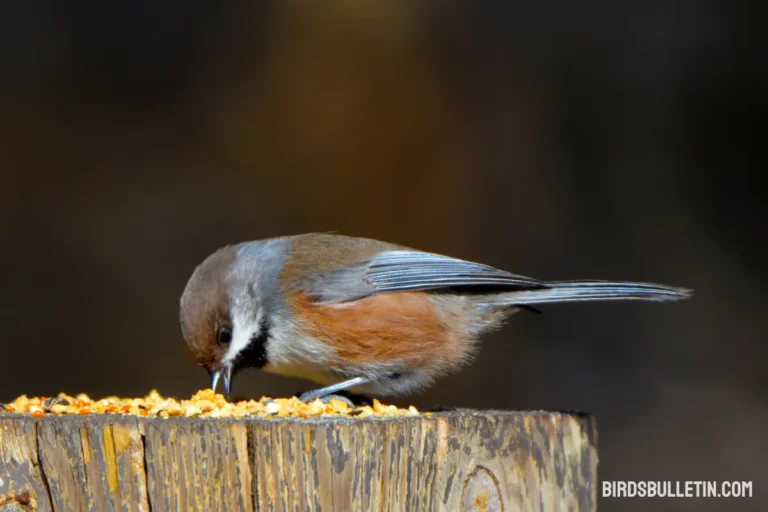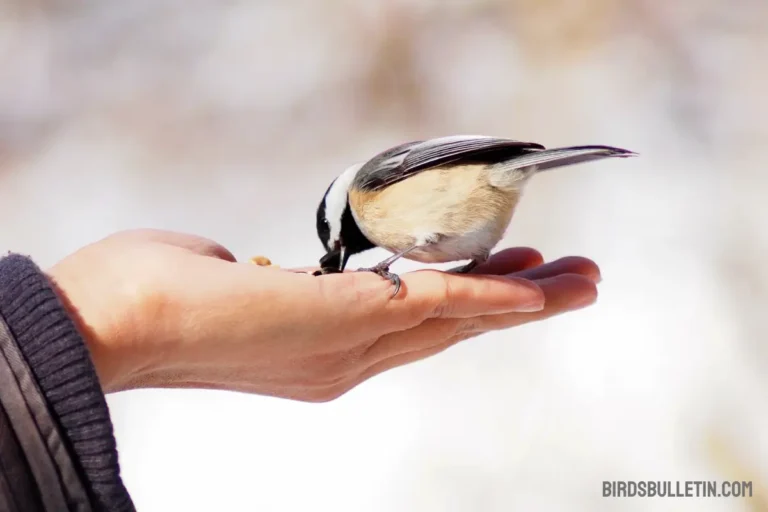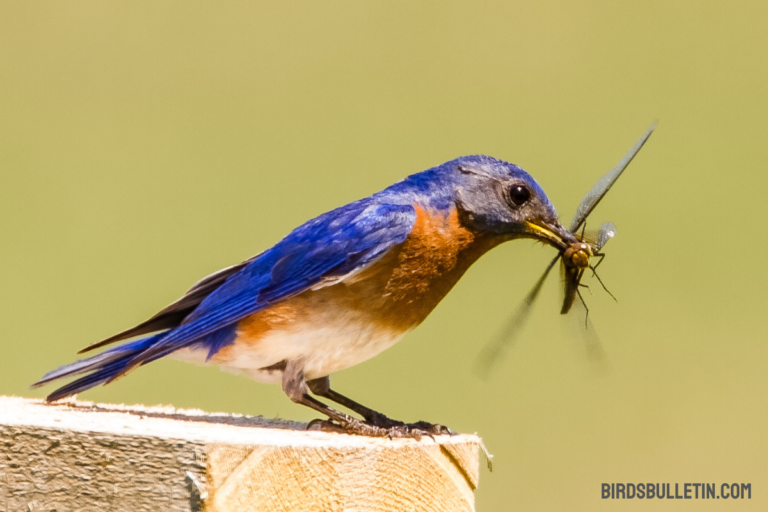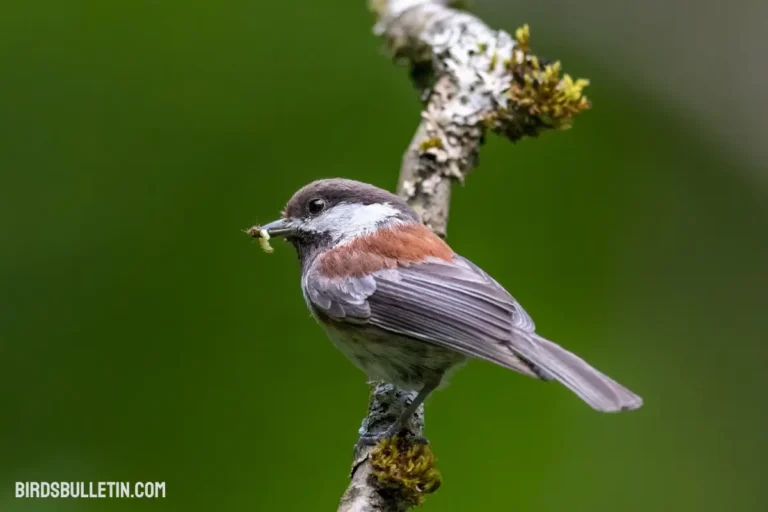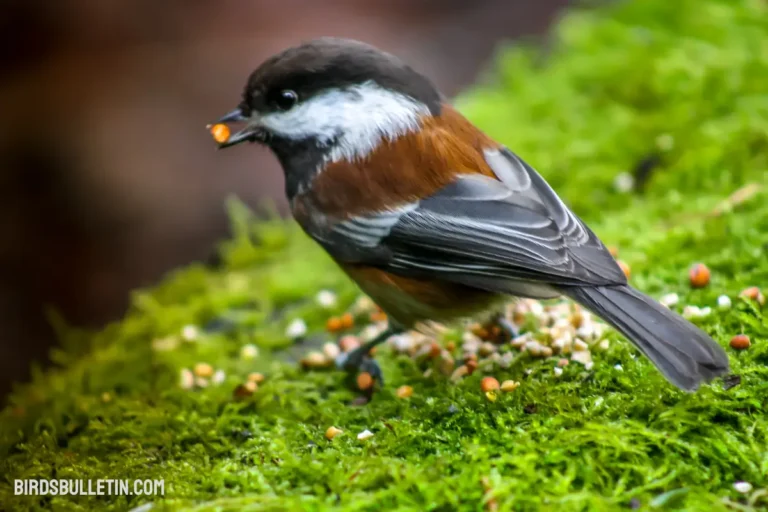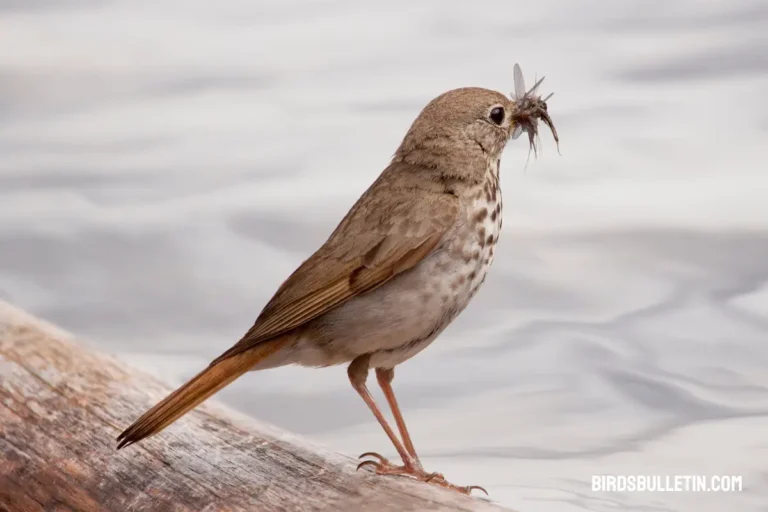What Does Gray-Headed Chickadees Eat?
Gray-headed chickadees are omnivorous and opportunistic foragers. Their diet consists of a wide variety of plant materials and small invertebrates. Food availability fluctuates throughout the year, requiring chickadees to adapt their dietary preferences between seasons.
During spring and summer, they feed primarily on insects and other arthropods which provide abundant protein for breeding birds and growing nestlings.
Come fall and winter, they switch over to a diet heavier in plant material like seeds and berries. The diversity of their diet contributes to their success across northern climates.
Want to learn more about birds’ food and diet
Favorite Foods
Some foods stand out as particular favorites for gray-headed chickadees during certain times of the year based on availability and nutritional content. Here is a table highlighting some of their preferred natural food items:
| Season | Favorite Foods |
|---|---|
| Spring | Caterpillars, beetles, flying insects |
| Summer | Spiders, ants, aphids, moth eggs |
| Fall | Seeds from conifers & alder trees |
| Winter | Berry seeds (e.g. dogwood, mountain ash) |
How Do Gray-Headed Chickadees Gather Food?
Gray-headed chickadees employ a variety of techniques to seek out food depending on the season. In warmer months when insect prey is active, they will glean crawling and flying insects from leaves and branches.
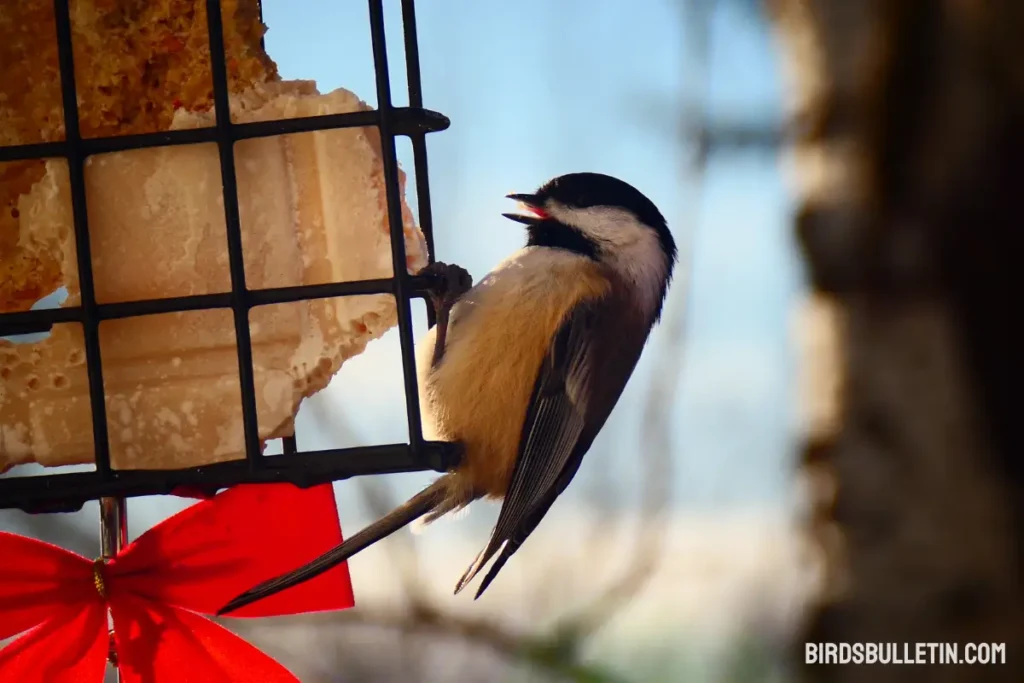
Chickadees are very acrobatic, hanging upside down and stretching to pluck food from all angles. They also snatch insects like flies and moths right out of the air during flight. During fall and winter when food is scarcer, chickadees use their feet to hold seeds while pecking them open with their sharp bill.
They also pry into crevices in bark using their slender bill to uncover hidden dormant insects. Species like the gray-headed chickadee can learn to open specific man-made feeders in their environment to access seeds.
Winter Diet
The winter diet of gray-headed chickadees shifts to focus on plant material, but they still require protein from insect prey. On cold days, chickadees fluff out their feathers for insulation making insect hunting difficult.
Fortunately, their tiny bill can pick up dormant insects hidden in the cracks of tree bark where they take shelter from the cold. Seeds and berries also become a primary part of their diet in the winter months.
Chickadees utilize “scatter hoarding”, gathering seeds and hiding them in caches throughout their territory to provide emergency food during harsh weather when other resources are unavailable.
Nestling Diet
Adult chickadees feed their young a protein-rich diet of caterpillars, spiders, and other soft-bodied insects which nestlings require for growth and development. The number of trips to deliver food increases as the nestlings grow larger.
Researchers counted parents making up to 9 trips per hour to deliver food to nestlings near fledging. Nestlings exercise their wings while begging for food from their parents. Fledglings follow their parents after leaving the nest, relying on them to find food until they become independent.
Frequently Asked Questions
01. What time of day are chickadees most actively foraging?
Gray-headed chickadees forage most actively in the morning and evening hours. They start searching for food just after dawn and increase activity again in the late afternoon into early evening before roosting for the night.
02. How do chickadees find food hidden in trees and bark?
Chickadees have special sensory adaptations to help them find hidden insects and seeds. They have a slender, sharp bill ideal for probing into crevices. Their tactile sense of touch helps them feel for food out of sight.
03. What food from humans do gray-headed chickadees prefer?
Black oil sunflower seeds are a favorite food chickadees will readily come to bird feeders for. They also like suet and peanut hearts. Chickadees prefer small seeds they can quickly husk and eat.
04. How does winter weather impact chickadees forage?
Snow cover and icy temperatures make finding insect prey challenging in winter. Chickadees use secured food caches and seek sheltered microclimates that harbor dormant insects in tree bark.
Wrapping Up
From probing for dormant insects to memorizing productive feeding sites, gray-headed chickadees demonstrate remarkable adaptability in obtaining food across the seasons.
Their varied diet high in insects supplements nutritional needs for breeding while winter plant foods provide energy through cold months. Chickadees help control insect populations and disperse seeds important for northern forests.
References
- McCallum, D. A., Grundel, R., & Dahlsten, D. L. (1999). Mountain chickadee (Poecile gambeli). In Birds of North America online. doi: https://doi.org/10.2173/bna.453
- Sonnenberg, B. R., Branch, C. L., Pitera, A. M., Bridge, E., & Pravosudov, V. V. (2019). Natural selection and spatial cognition in wild food-caching mountain chickadees. Current Biology, 29(4), 670-676.
- Jenkins, S.H. (1988). Food selection by beavers: seasonal responses to plant communities. Journal of Mammalogy 69(2) 324-328.


